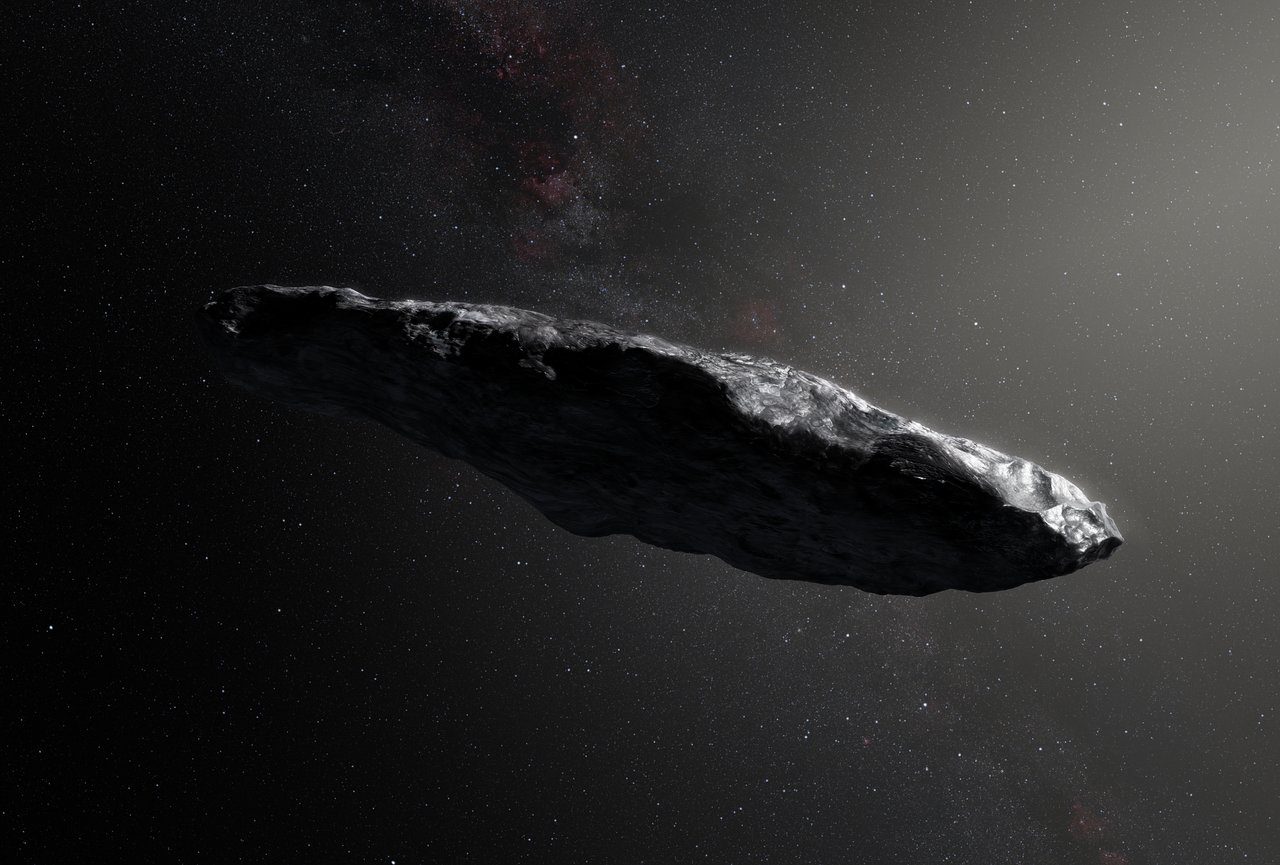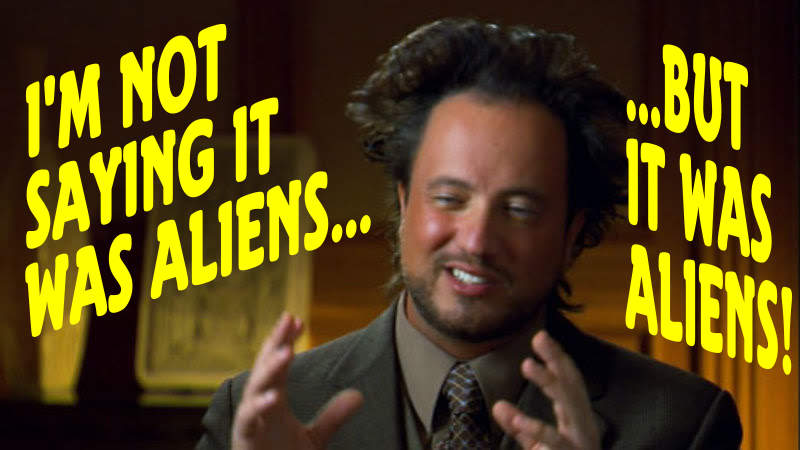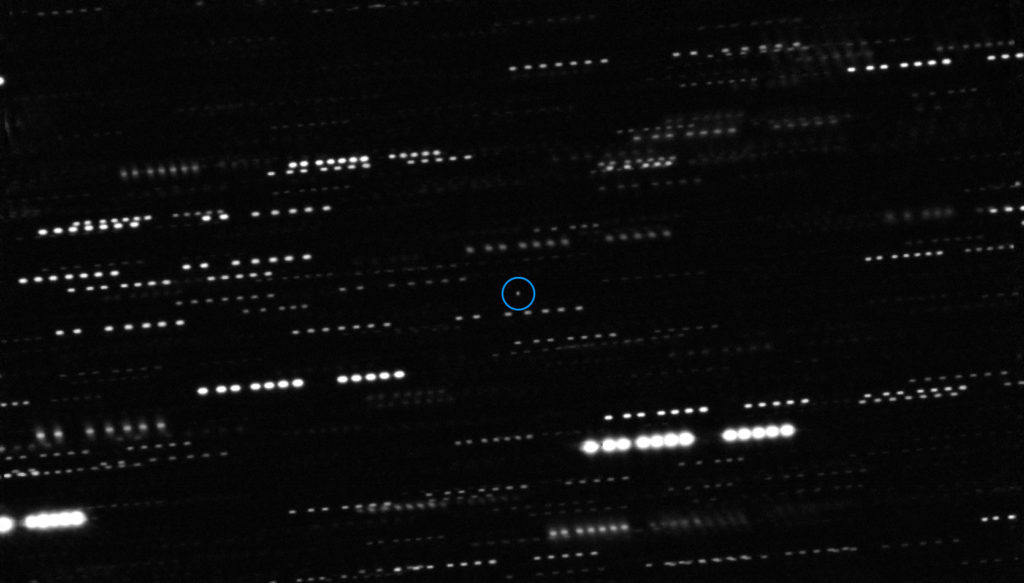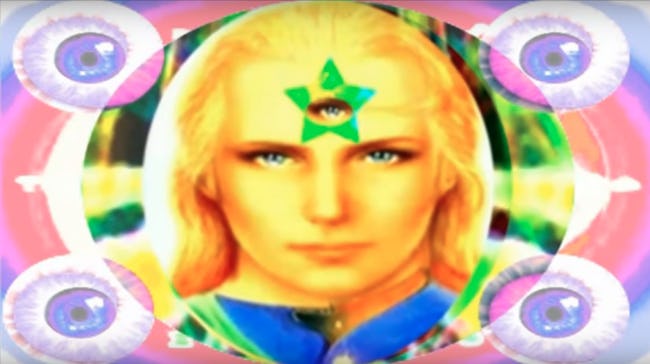
Lead Astronomer Standing By ET Claim
It’s one thing when the eccentrics talk about alien spacecraft in our solar system. It’s something else altogether when the head of a university astronomy department says it.
The chairman of Harvard University’s astronomy department, Avi Loeb, released a controversial analysis of an asteroid object, dubbed Oumuamua (pronounced /Oh-mooah-mooah/). It talked about the unusual nature of the object based on its behavior. What got everyone’s attention was this quote:
“Considering an artificial origin, one possibility is that ‘Oumuamua’ is a lightsail, floating in interstellar space as a debris from an advanced technological equipment,”
As you can imagine, Loeb took a good deal of criticism from the science community. Now that Oumuamua is making its way back out of our solar system, you would think that he would just nod his head and say “You guys are right. It’s just a rock.”
Loeb is not doing that.

The name Oumuamua is a Hawaiian word meaning “messenger from afar arriving first” or “scout.” In his paper, Loeb said that the mathematics of the object’s movement was not consistent with other sorts of natural objects. If your math mojo is sufficient, you can see his work in the paper referenced above.
In a recent article from the Washington Post, Loeb continues to stand by his belief that this was more than just a fancy rock that happened into our solar system.
We have not been able to get a good picture of the object—at least not that I could find. The pictures that you normally see are an artist’s imaginings, like pictures of dinosaurs. There is what is considered to be a good photo of the object, created by combining multiple images from the European Southern Observatory’s Very Large Telescope as well as the Gemini South Telescope.

Before you get too excited at what appears to be a flyby of the Starship Enterprise, the actual object is the little white dot marked with a blue circle in the middle of the frame. The apparent portals are stars which were distorted as the telescope tracked with the moving object.
It’s great to see someone stand by their conclusions in the face of opposition. A guy named Galileo did something similar, facing an Inquisition hearing for heresy. That all worked out OK, and his discoveries and thought are still a part of modern scientific culture. Will we eventually discover that Loeb was right? Is it even possible to find out? Probably not in our lifetime.
I think the truth is out there, though. I firmly believe that eventually we will enter into a new age of humanity as we discover our place amongst other beings in the stars. For now, we get a little fuzzy dot.




